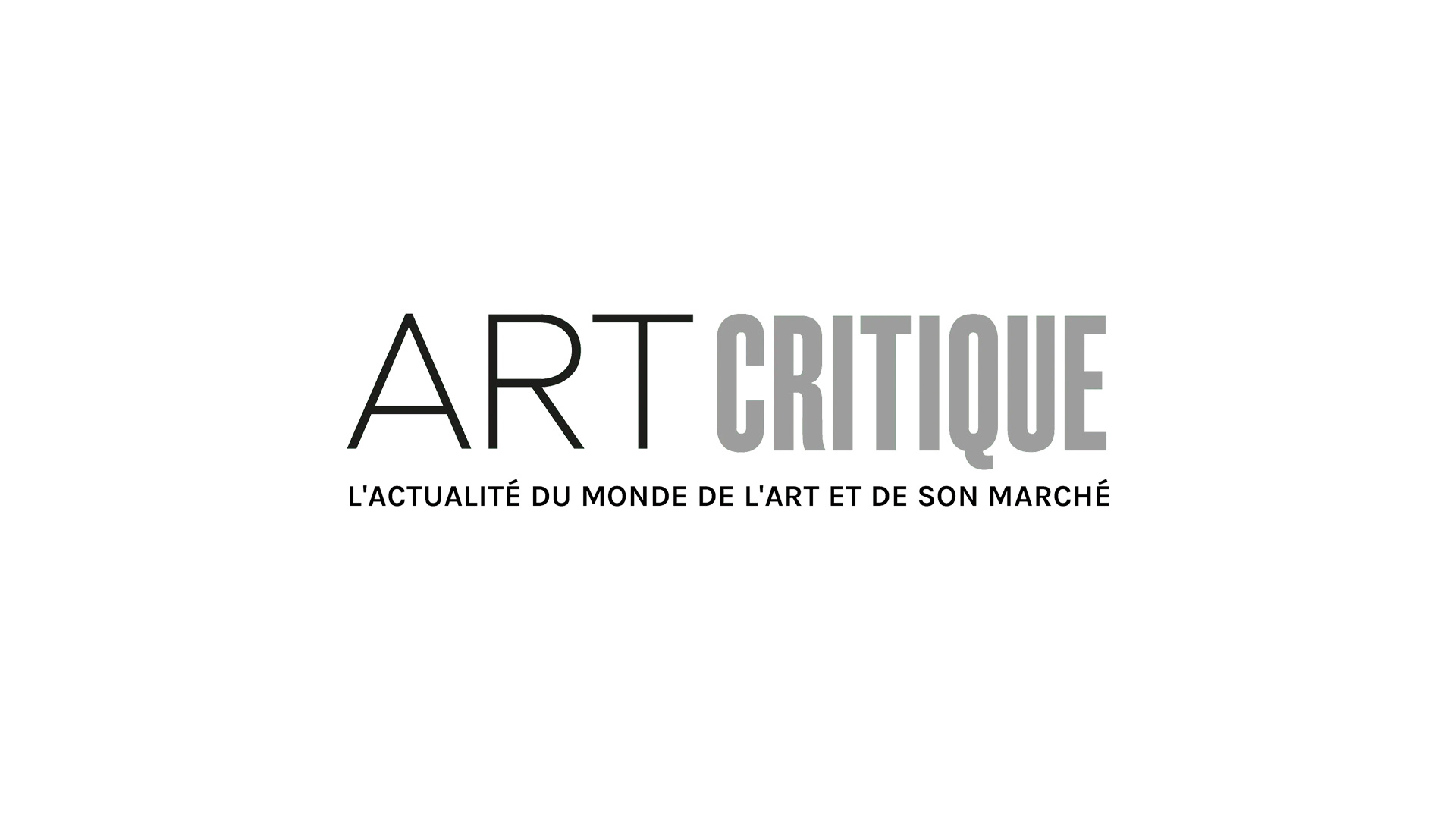New York City’s High Line celebrated the most recent addition to the innovative public park on June 4th called the Spur. With the inauguration of the addition, the High Line also welcomed visitors to see a new sculptural commission by artist Simone Leigh called Brick House.
Leigh’s sculpture, a stunning bronze-cast bust of a black woman, is the first in a series of commissioned artworks that will be displayed at the Plinth for about 18 months each. The work was chosen out of 12 shortlisted artists and the finished product is breath-taking. Brick House is a fine example of the works Leigh has become known for. The eyeless bust of the woman melds into an oblong torso that resembles a full skirt or a hut. Cornrow braids frame the face and each of the long braids is tied off with a cowrie shell. Brick House is the first large-scale sculpture in a new, ongoing series created by Leigh called ‘Anatomy of Architecture’ that has brought together architecture, particularly that of West Africa and the American South, and the human body.

In 2018, Leigh won the prestigious Hugo Boss prize for ‘Anatomy of Architecture’ and stated: ‘I’ve been thinking about the labour of black women, what forms of knowledge they carry, what kinds of labour they are involved in that’s not valued. The strategy of doing things underground, doing things secretly, became necessary, because being public was often lethal.’
In addition to sculpture, Leigh also creates video and installation pieces that bring together similar themes. Her works explore notions of black female subjectivity through specific historic figures and more general recurring themes in the past. Leigh hopes Brick House will ‘challenges visitors to think more immediately about the architecture around them, and how it reflects customs, values, priorities, and society as a whole.’
The Plinth is touted by the High Line as the ‘first space on the High Line – and one of the only sites in New York City – dedicated solely to a rotating series of new, monumental, contemporary art commission.’ Brick House, and the works that will follow it, sit atop a literal plinth looking out over 10th Avenue. The opening of the Spur, which includes the Plinth’s location, is somewhat of a celebration of the 20th year of the High Line. The project began in 1999 to transform disused railroad tracks that stand above the city streets into a public space. The Spur was nearly fated for demolition but was spared thanks to the ‘Save Our Spur’ campaign about 10 years ago. At the ribbon cutting for the Spur, mayor Michael Bloomberg was praised for helping save the section of rail that was originally built in 1934 as a direct line to the James Farley Post Office. Now, the Spur connects through Hudson Yard, which recently opened and has created a buzz much in part to the Vessel and The Shed.
‘Too many times as New Yorkers or as visitors, we have to pay to see our city, but not here at the High Line,’ said Gale Brewer, president of the Manhattan Borough. ‘This is the example of where the magic can happen when communities organize and work in partnership with city government.’





